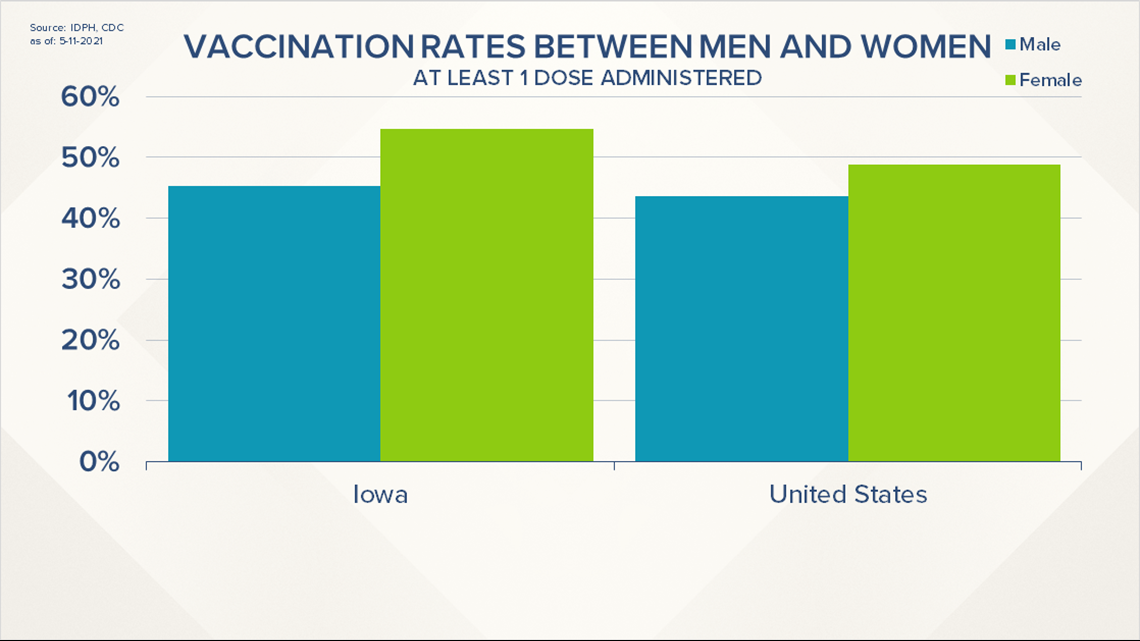BONDURANT, Iowa — Over the past year, many relationships have become strained or broken altogether because of differing political and social viewpoints.
It's the reason a central Iowa couple asked for their faces to be blurred when airing an interview about vaccine hesitancy.
"We have friends who are on both sides of the spectrum on this," said the husband, who asked that his name be withheld for privacy.
The couple from Bondurant said they have differing political views. They've also made different decisions when it comes to the vaccine.
At first, neither spouse got the vaccine.
"I held off in the beginning because I felt like there were so many people that needed it," said the woman. "And then I realized that I was a little worried about the side effects of it myself."
However, as time passed, she felt more comfortable about getting it. She got her first shot Monday, as a way to protect her family and her clients at a salon where she works.
"I do feel like it's for the betterment of everyone," she said.
Her husband, however, works from home and is holding off. He said he takes a more "wait-and-see" approach.
"I have difficulty trusting what the FDA is saying, what the government is saying," he said. He also mentioned he tends to get allergic reactions and is worried about that.
"I don't feel like my risks are high enough at this point because I stay at home, and I'm in fairly decent health," he said.
The two represent a disparity among women and men in vaccine decisions.
Nationwide, around 5% more vaccine recipients are women. In Iowa, the gap is even wider: 10% more vaccine recipients are women.


As of Tuesday, the Iowa Department of Public Health reported 54.64% of doses have gone to women, 45.35% to men. The Centers for Disease Control and Prevention reported 48.8% of doses have gone to American women and 43.7% have gone to American men.
Last month, a New York Times article suggested the gap could be, in part, due to women holding more jobs that had early access.
U.S. Census data from 2019 shows that women make up 76% of full-time health care employees. They also make up more than 75% of America's teachers, according to the National Center for Education Statistics.
The woman Local 5 spoke with doesn't work in either of those industries, but her job is one of service to clients: she's a hairstylist.
"My clients' health and my profession is very important to me," she said.
They anticipate a difficult conversation when it comes to vaccinating their children.
"It's something that we have not talked about yet, but it's probably going to be a pretty heated debate," said the husband.
For now, they're respecting each other's opinions.
"Sometimes it's just saying, 'I appreciate where you're coming from,'" said the husband.
"People always go, 'gosh, you guys are so different!'" said the woman. "We're kind of a living [example] of like, you can have opposite opinions and you can still get along."

